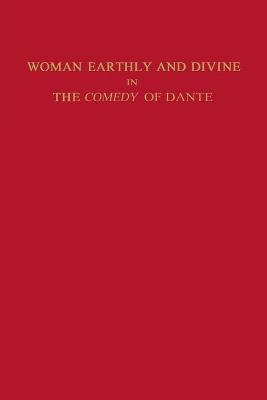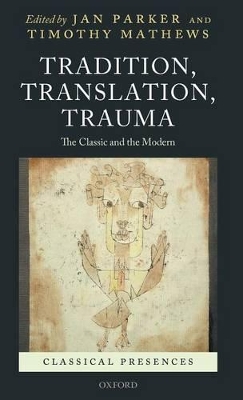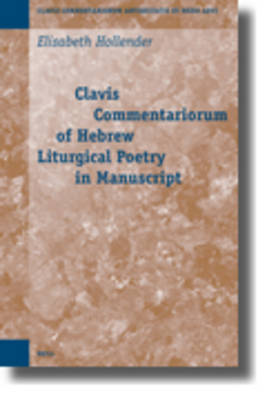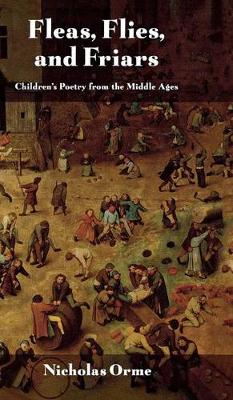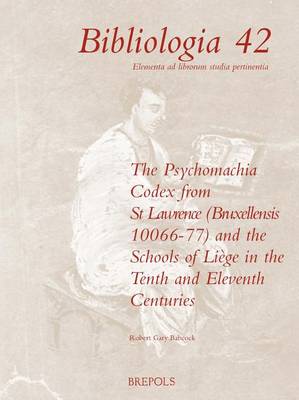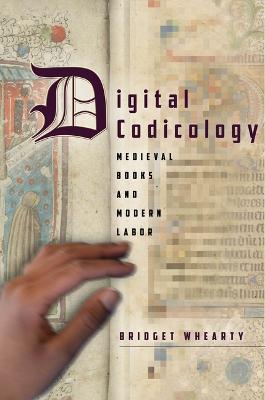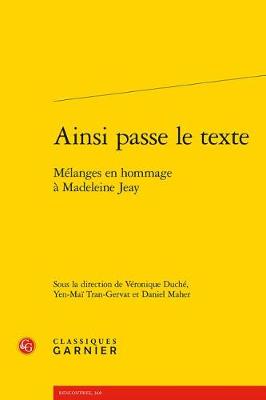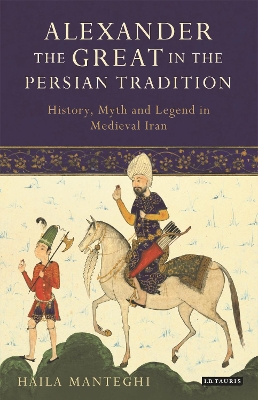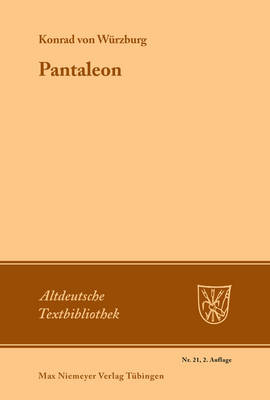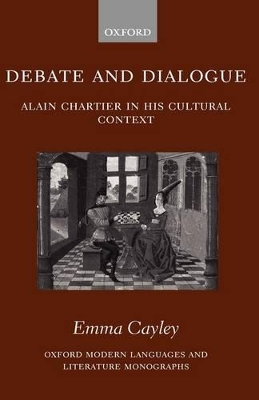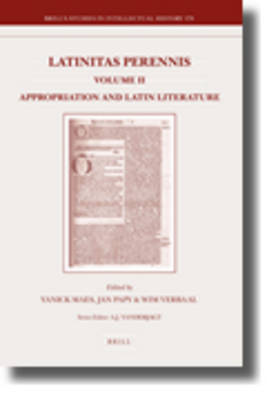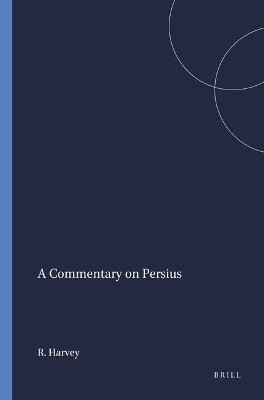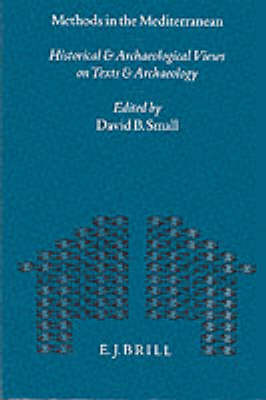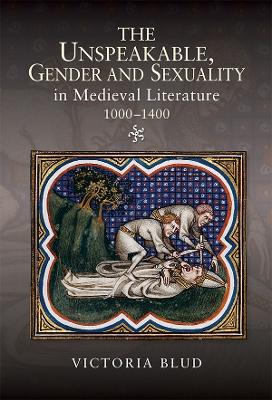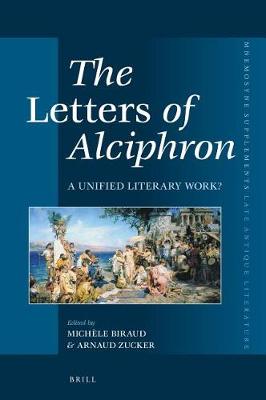Woman Earthly and Divine in the Comedy of Dante (Studies in Romance Languages)
by Marianne Shapiro
This study examines all the characterizations of the female personality in the Divine Comedy, including representations of things traditionally categorized as feminine. Marianne Shapiro treats different traditional feminine roles such as wife, lover, and mother, and places Beatrice in the latter group. The problem of woman is studied within the general context of medieval literature. Shapiro's conclusions center largely upon Dante's adherence to a generally misogynistic tradition. While in his...
Aristotle and Menander on the Ethics of Understanding (Philosophia Antiqua, #138)
by Valeria Cinaglia
In Aristotle and Menander on the Ethics of Understanding, Valeria Cinaglia offers a parallel study of Menander's New Comedy and Aristotle's philosophy focusing on subjects ranging from epistemology and psychology to ethics. Cinaglia does not aim to demonstrate the direct philosophical influence of Aristotle on Menander, but explores the hypothesis that there are significant analogies between the two that disclose a shared thought-world. Cinaglia shows that Aristotle and Menander offer analogous...
Tradition, Translation, Trauma (Classical Presences)
Tradition, Trauma, Translation is concerned with how Classic texts - mainly Greek and Latin but also Arabic and Portuguese - become present in later cultures and how they resonate in the modern. A distinguished international team of contributors and responders examine the topic in different ways. Some discuss singular encounters with the Classic - those of Heaney, Pope, Fellini, Freud, Ibn Qutayba, Cavafy and others - and show how translations engage with the affective impact of texts over time...
This volume is a compendium of all known commentaries on Hebrew liturgical poetry (piyyut) preserved in manuscript form. It includes references to commentaries from many different Jewish communities, most prominent among them Ashkenaz, Tsarfat, Sepharad, Carpentras and Yemen, composed and copied in Medieval and Early Modern times. Over 18,000 individual commentaries on more than 2,000 poems are listed with primary sources and references to editions where extant. As an aid to research, it describ...
Medieval children lived in a world rich in poetry, from lullabies, nursery rhymes, and songs to riddles, tongue twisters, and nonsensical verses. They read or listened to stories in verse: ballads of Robin Hood, romances, and comic tales. Poems were composed to teach them how to behave, eat at meals, hunt game, and even learn Latin and French. In Fleas, Flies, and Friars, Nicholas Orme, an expert on childhood in the Middle Ages, has gathered a wide variety of children's verse that circulated in...
Medieval manuscripts are our shared inheritance, and today they are more accessible than ever—thanks to digital copies online. Yet for all that widespread digitization has fundamentally transformed how we connect with the medieval past, we understand very little about what these digital objects really are. We rarely consider how they are made or who makes them. This case study-rich book demystifies digitization, revealing what it's like to remake medieval books online and connecting modern digit...
Alexander the Great in the Persian Tradition (Library of Medieval Studies)
by Haila Manteghi
Alexander the Great (356-333 BC) was transformed into a legend by all those he met, leaving an enduring tradition of romances across the world. Aside from its penetration into every language of medieval Europe, the Alexander romance arguably had its greatest impact in the Persian language.Haila Manteghi here offers a complete survey of that deep tradition, ranging from analysis of classical Persian poetry to popular romances and medieval Arabic historiography. She explores how the Greek work fir...
Debate and Dialogue (Oxford Modern Languages and Literature Monographs)
by Emma Cayley
In early humanist France two debating traditions converge: one literary and vernacular, one intellectual and conducted mainly via Latin epistles. Debate and Dialogue demonstrates how the two fuse in the vernacular verse debates of Alain Chartier, secretary and notary at the court of Charles VI, and later, Charles VII. In spite of considerable contemporary praise for Chartier, his work has remained largely neglected by modern critics. This study shows how Chartier participates in a movement that...
In this series of detailed studies, Dr Orchard demonstrates the changing range of Anglo-Saxon attitudes towards the monstrous by reconsidering the monsters of Beowulfagainst the background of early medieval and patristic teratology and with reference to specific Anglo-Saxon texts. The immediate manuscript context of the monsters in Beowulfis analysed, shedding light on the poet's treatment of the theme of the monstrous and its integration into his work. The twin themes of pride and prodigies are...
No cultural phenomenon can remain vital and evolve without a continuous integration of external elements. Instead of reading the process of appropriation in terms of 'sources' or 'models', the dynamics involved are better understood using more flexible categories such as creative reception, polyphony and dialogue. In every phase of its evolution, in Antiquity, the Middle Ages or (Early) Modern times, Latin literature had to face a double challenge, one from the past, and one from the present: al...
In the absence of the stage directions employed by their modern equivalents, ancient playwrights were obliged to ''encode'' information into their texts that can be described as implicit stage directions. It is the presence of such information that permits modern ''production criticism,'' intended to determine how ancient plays were meant to be staged. Since the early nineteenth century, it has been debated whether Seneca's tragedies were or were not written for stage production. Seneca's dramat...
Methods in the Mediterranean (Mnemosyne, Supplements, #135) (Mnemosyne, Bibliotheca Classica Batava, #135)
by David Small
This collection of essays treats the fundamental issue of the correlation of archaeology and texts in recreating the ancient Mediterranean world. Contributions from Classical and Near Eastern archaeologists and historians address specific points of correlation, and their potential for future productive research in the Mediterranean. After an introduction to the issue of texts and archaeology, the essays treat concepts such as: site as text, artifactual contingency of meaning, correlating survey...
Mnemosyne, Supplements, Two Studies in Attic Particle Usage (Mnemosyne. Bibliotheca Classica Batava. Supplementum, #129)
by C M J Sicking and J. M Ophuijsen
Michel Zink: Medieval French Literature, an Introduction (Pegasus Paperbooks, #110)
by Professor Michel Zink
The Unspeakable, Gender and Sexuality in Medieval Literature, 1000-1400
by Victoria Blud
Amid saints and sinners, open secrets and queer codes, the mechanisms of confession and the infliction of torture, what is unspeakable in the Middle Ages - and who decides? Aspiring to the ineffable glories of heaven or plunging down to the murky depths of "unmentionable sin", this very functional concept becomes attached to the very good and the very bad in medieval literature and culture. This book investigates the concept and use of the trope of unspeakability from pre-Conquest to late medie...
The Letters of Alciphron (Mnemosyne, Supplements, Late Antique Literature)
